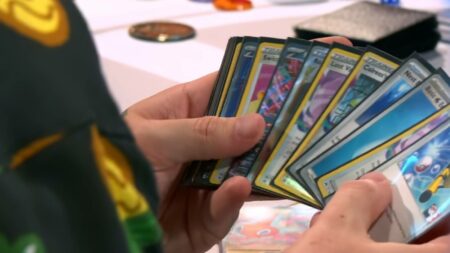If you’re new to Pokemon Trading Card Game (TCG) and you never played or collected cards before, you might become a vulnerable target to scammers if you don’t know how to tell if a Pokemon card is fake.
Like most trading card games, Pokemon TCG can be a lucrative hobby, as some cards can become so rare that collectors will pay hundreds or even thousands of dollars just to acquire them.
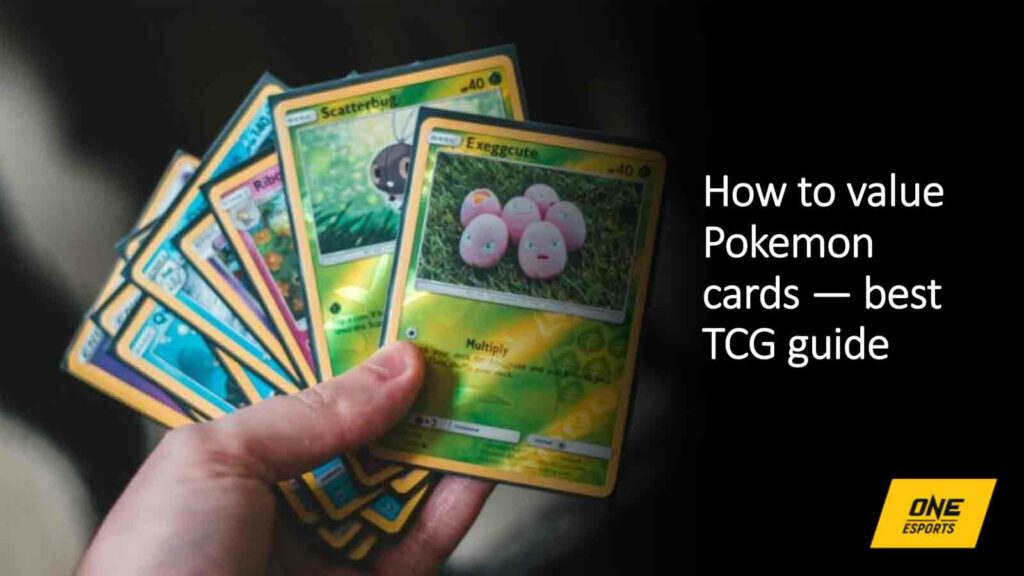
The sheer value of Pokemon cards combined with the popularity of the 28-year-old franchise made it easier for fraudulent manufacturers to make money out of selling counterfeit Pokemon TCG products.
Fortunately, several features of authentic Pokemon cards are almost impossible to emulate. In this ONE Esports guide, we share the key indicators to help you identify counterfeit cards.
How to tell if a Pokemon card is fake

1. Typo errors
The process of making Pokemon cards is a complex and lengthy process. However, despite the industrial machines doing most of the grunt work, every card design still requires the approval of one or more human proofreaders before they can be sent for printing.
Therefore, the chances of spotting any typo error in an authentic Pokemon card are close to zero.

Fake Pokemon cards may contain misspellings on its card name, moves, effects, and abilities.
If you’re not sure if a certain text on a card has the correct spelling, try searching it online and compare your card to its scanned version.
2. No code card inside a booster pack
Each genuine Pokemon TCG booster pack includes a code card that can be used to unlock a set of cards in the Pokemon TCG Live.
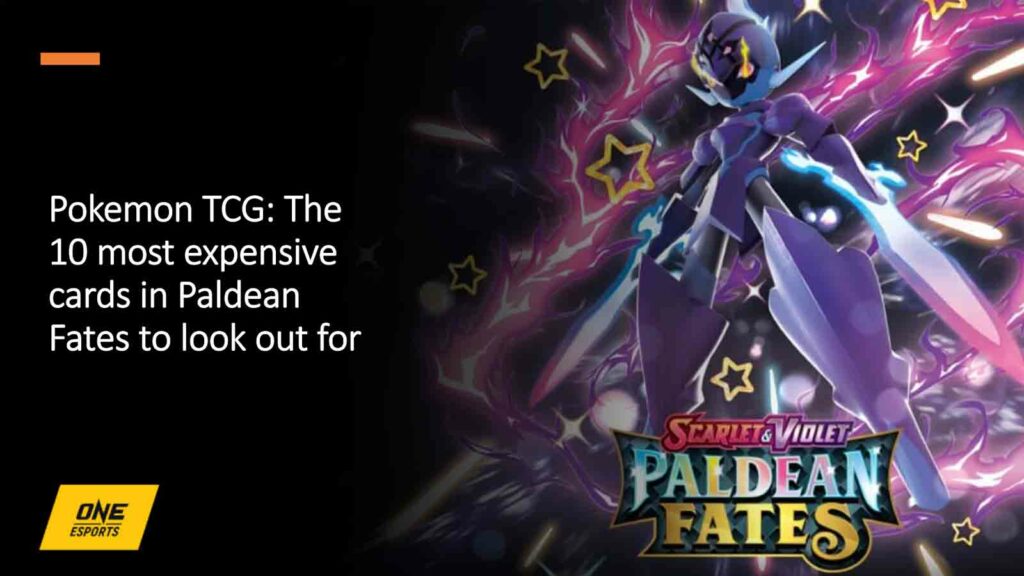
In case you bought a pack from a newly released set and it doesn’t have a code card, you just got yourself ripped off.
Even if a booster pack has a code card inside, it’s still imperative that you try opening a Pokemon TCG Live account to confirm if the code card is redeemable.
3. No visible gray layer in the card after doing the rip test
The rip test is a well-known method of validating the authenticity of a Pokemon card.
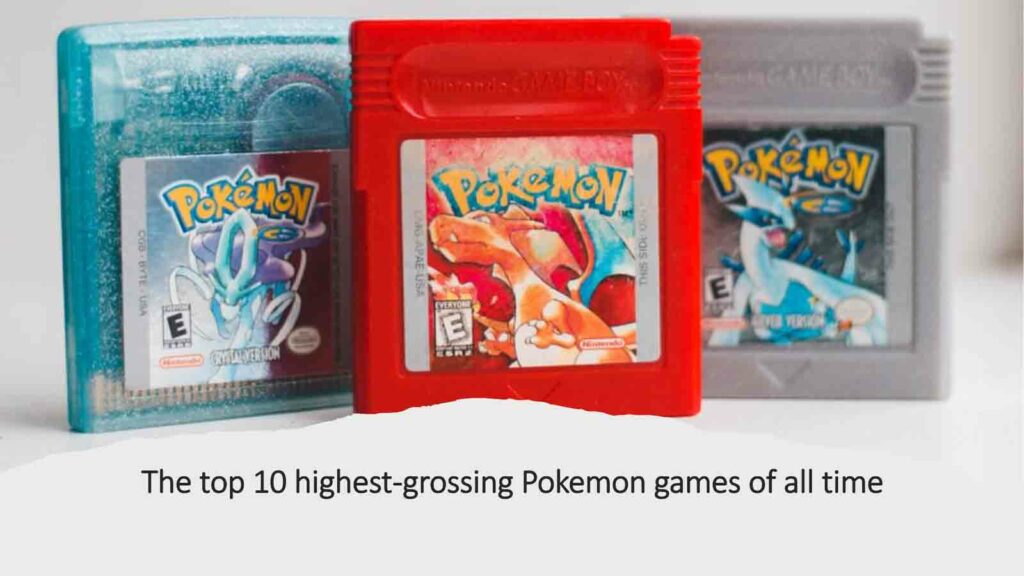
The problem is, you’ll need to sacrifice a cheap card for this to work, since you’ll be literally ripping it apart.
Ripping an original Pokemon card will expose a gray layer of foil on the torn part of the card. Fake Pokemon cards don’t have this feature, as they are made from cheap cardboard.
4. Suspicious-looking card back
All modern Pokemon cards are printed with the same card back design that was made all the way in 1999.
This iconic card back design features a Pokeball surrounded by a swirling air and deep blue background.
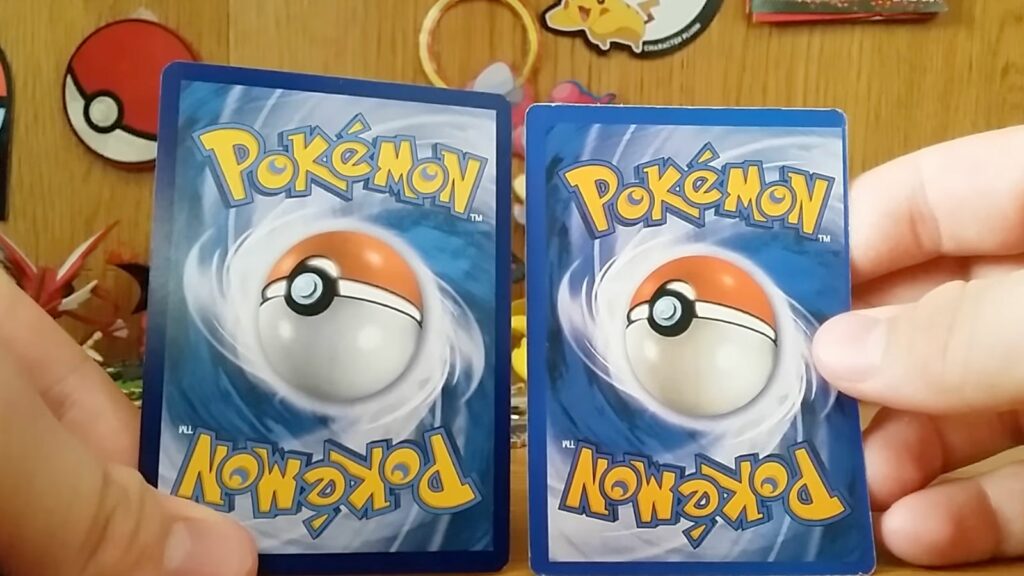
The exact colors of the Pokemon card back were never changed since the design’s inception, so you can test the authenticity of a Pokemon card by comparing its back design to an original one.
The back of a counterfeit Pokemon card might display similar colors to an authentic one, but upon closer inspection, you’ll notice subtle differences like slightly altered shades of blue and red, blurry borders, and other inconsistencies.
5. Wrong card information
Thanks to the internet, you can now access the card list of every Pokemon TCG set ever released to the public.
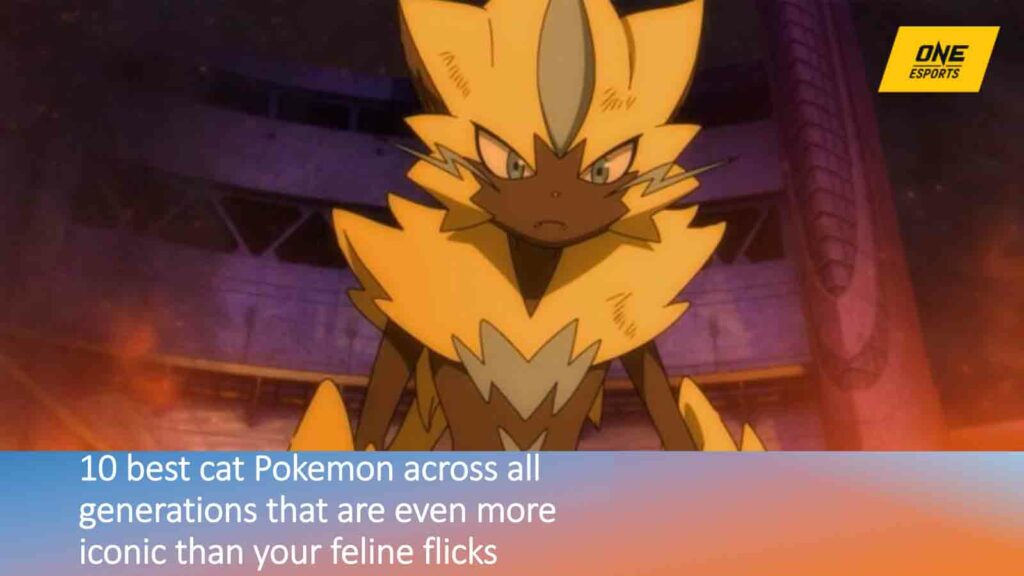
A simple Google search can now lead you to a web page containing all information about a particular card, so try to check if the card you have actually belongs to an official set or a special expansion.
If a Pokemon card is fake, it can show information that isn’t present in its original copy, like wrong set symbol, card number, type, moves, damage, and HP.
READ MORE: How to get Mega Energy in Pokémon GO
